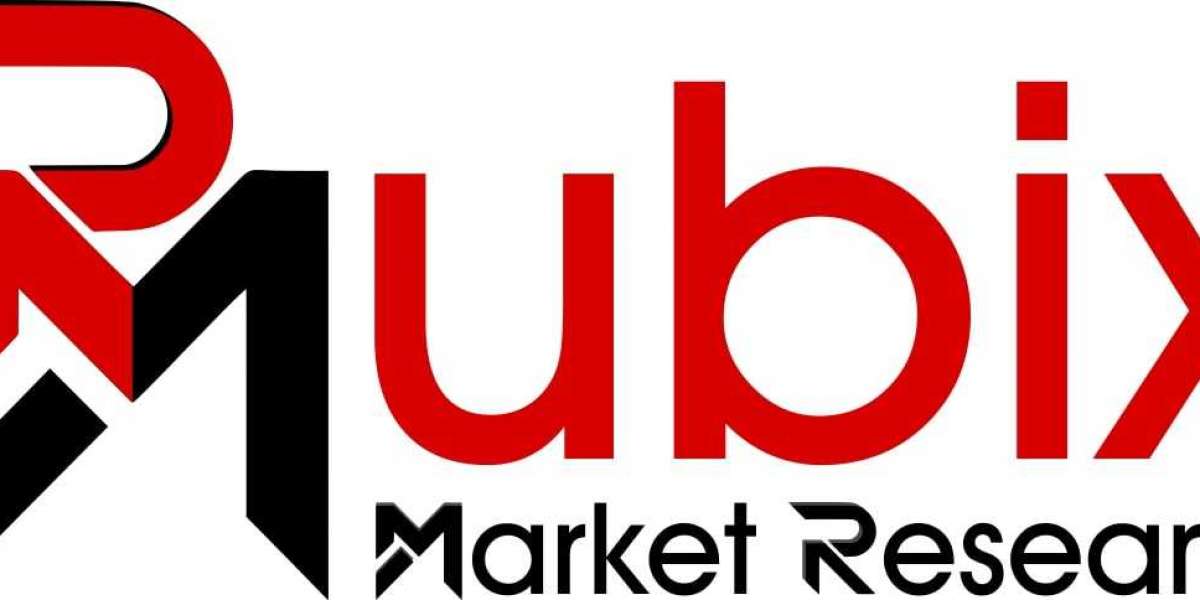Introduction to Optical Character Recognition (OCR)
Welcome to the world of Optical Character Recognition (OCR), where cutting-edge technology meets efficiency and accuracy in receipt recognition! In today's fast-paced digital age, businesses are constantly seeking innovative solutions to streamline their operations and enhance workflow. And OCR stands at the forefront, revolutionizing how we extract data from receipts with unprecedented precision.
Gone are the days of manually sifting through stacks of paper receipts or painstakingly entering information into spreadsheets. With Receipt OCR technology, a simple scan or click can transform your entire receipt management process, saving you valuable time and resources.
But as with any technology, traditional OCR has its limitations. From poor recognition rates to formatting errors, there have been several common issues that hindered its widespread adoption. Thankfully, relentless innovation has paved the way for advancements that address these challenges head-on.
Common Issues with Traditional OCR Technology
Traditional Optical Character Recognition (OCR) technology has long been utilized to digitize printed or handwritten text and convert it into machine-readable format. However, this technology is not without its limitations.
One common issue with traditional OCR technology is the lack of accuracy in recognizing characters, especially when dealing with complex fonts or poor-quality scans. The software may struggle to correctly identify certain letters or symbols, leading to errors in the extracted text.
Another challenge lies in handling different languages and character sets. Traditional OCR systems may not have built-in support for less commonly used scripts or non-Latin alphabets, making it difficult to accurately recognize and extract information from diverse texts.
Moreover, traditional OCR often struggles with extracting data from structured documents like receipts. These types of documents can vary greatly in layout and formatting, which poses a challenge for conventional OCR algorithms that rely on predefined templates.
In addition to these issues, traditional OCR technology also tends to be time-consuming and resource-intensive. Processing large volumes of documents requires significant computing power and can lead to delays in document conversion.
Fortunately, advancements in OCR technology are addressing these challenges by introducing innovative solutions that enhance accuracy and efficiency while overcoming the limitations of traditional approaches. Keep reading our blog series as we dive deeper into these exciting innovations!
The Need for Innovation in OCR
In today's fast-paced digital world, the need for innovation is evident in every industry. Optical Character Recognition (OCR) technology is no exception. While OCR has been widely used to convert scanned documents into editable and searchable data, there is a pressing need for innovation in this field.
Traditional OCR technology often struggles with accurately recognizing and extracting text from complex documents such as receipts. The intricate layouts, varying fonts, handwritten notes, and faded ink can pose significant challenges for conventional OCR systems. As a result, businesses dealing with large volumes of receipts face inefficiencies in their data extraction processes.
This is where innovation steps in. By leveraging advanced machine learning algorithms and artificial intelligence techniques, innovative OCR solutions are revolutionizing receipt recognition. These cutting-edge technologies enable the automatic extraction of relevant information from receipts with remarkable accuracy and efficiency.
With enhanced accuracy comes improved data quality. Innovative OCR algorithms can decipher even the most challenging receipt formats consistently and accurately extract pertinent details like vendor name, date of purchase, itemized descriptions, prices, and taxes incurred.
The benefits of innovation in OCR extend beyond accurate data extraction - they also enhance operational efficiency. By automating the receipt recognition process through innovative OCR tools, repetitive manual entry tasks are eliminated or significantly reduced.
This allows employees to focus on more value-added activities, resulting in increased productivity within organizations.
Moreover, the time saved through automated receipt recognition translates into faster processing cycles, enabling businesses to streamline expense management, tax reporting, and financial analysis.
Faster turnaround times mean quicker decision-making capabilities, better resource allocation, and overall improved business performance.
Advancements in OCR Technology
OCR technology has come a long way over the years, and recent advancements have further enhanced its capabilities. With improved algorithms and machine learning techniques, OCR systems are now more accurate and efficient than ever before.
One major breakthrough in OCR technology is the ability to recognize handwritten text. Previously, OCR was mainly focused on printed characters and struggled with deciphering messy handwriting. However, with advanced image processing techniques and neural networks, OCR systems can now accurately convert handwritten text into digital format.
Another significant advancement is the integration of deep learning models into OCR software. These models allow for better recognition of complex documents containing tables, diagrams, or mixed fonts. By training the system on large datasets, deep learning enables OCR software to handle various document formats effectively.
Furthermore, advancements in natural language processing (NLP) have improved the contextual understanding of extracted text. This means that instead of just recognizing individual words or characters, modern OCR systems can analyze sentences and paragraphs to provide more accurate results.
Additionally, cloud-based OCR solutions have revolutionized data extraction from receipts by offering real-time processing capabilities. Instead of relying on local infrastructure limitations or manually inputting data from each receipt individually, businesses can now streamline their operations by leveraging cloud-based services for automatic receipt recognition.
Benefits of Enhanced Accuracy and Efficiency in Receipt Recognition
Enhanced accuracy and efficiency in receipt recognition can bring numerous benefits to businesses and individuals alike. By leveraging the power of OCR technology, organizations can streamline their expense management processes, improve data accuracy, and save valuable time.
With enhanced accuracy in receipt recognition, manual data entry errors can be significantly reduced or even eliminated. Traditional methods of manually entering information from receipts into financial systems are prone to human error, leading to discrepancies and potential financial loss. However, by utilizing advanced OCR algorithms that can accurately capture text from receipts with high precision, businesses can ensure that their expense reports are error-free.
Improved efficiency in receipt recognition allows for faster processing times. With traditional methods of manually inputting receipt data taking up valuable employee time and resources, automating this process through OCR technology enables employees to allocate their efforts towards more meaningful tasks. This increased efficiency not only improves productivity but also allows for a quicker turnaround on expense reimbursements.
Furthermore, enhanced accuracy and efficiency in receipt recognition lead to better compliance with auditing requirements. Through the automated extraction of relevant information such as vendor name and purchase amount from receipts using OCR technology, businesses can ensure that all necessary details are captured accurately for audit purposes.
In addition to these benefits for businesses themselves, individuals also stand to gain from enhanced accuracy and efficiency in receipt recognition. For employees seeking reimbursement for business-related expenses or individuals managing personal finances meticulously through budgeting apps or software solutions tied to receipts - accurate digitization provided by advanced OCR tools ensures reliable records without the hassle of manual inputting.
Conclusion
In today's digital age, Optical Character Recognition (OCR) technology has revolutionized the way we process and analyze receipt data. The advancements made in OCR have not only enhanced the accuracy of receipt recognition but also improved efficiency in handling vast amounts of information.
Traditional OCR technology was plagued by common issues such as errors in character recognition, inability to handle different fonts and layouts, and difficulties in extracting relevant data from receipts. These limitations often led to inaccurate data entry and time-consuming manual verification processes.
Recognizing the need for innovation, developers have worked tirelessly to address these challenges and improve OCR technology. With cutting-edge algorithms and machine learning techniques, OCR systems now boast impressive capabilities that far surpass their traditional counterparts.
Advancements in OCR technology have resulted in increased accuracy rates when recognizing characters on receipts. By leveraging artificial intelligence models trained on large datasets, modern OCR systems can accurately extract key information such as purchase dates, merchant names, item descriptions, and prices with remarkable precision.
Efficiency has also been greatly enhanced through innovations like automatic layout analysis. This feature allows OCR systems to adapt to various receipt formats automatically. Whether it's a crumpled paper or a neatly printed document, the system can intelligently determine the correct structure of the receipt and extract relevant details accordingly.
The benefits of enhanced accuracy and efficiency are significant for businesses across industries. For accounting departments dealing with large volumes of expense reports or retailers managing inventory records, accurate receipt recognition is crucial for seamless operations.
Improved accuracy means fewer errors during data entry which translates into more reliable financial records. Companies no longer need to rely on manual input or spend valuable time cross-checking entries against physical receipts - saving both time and resources.
Furthermore, increased efficiency enables faster processing times for analyzing receipts at scale. This directly impacts decision-making processes related to budgeting, forecasting sales trends, or identifying potential fraud cases quicker than ever before.








